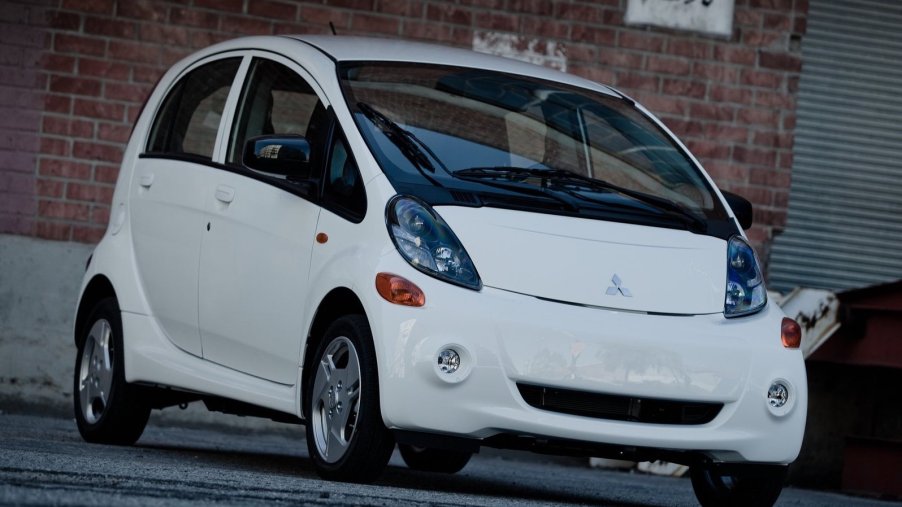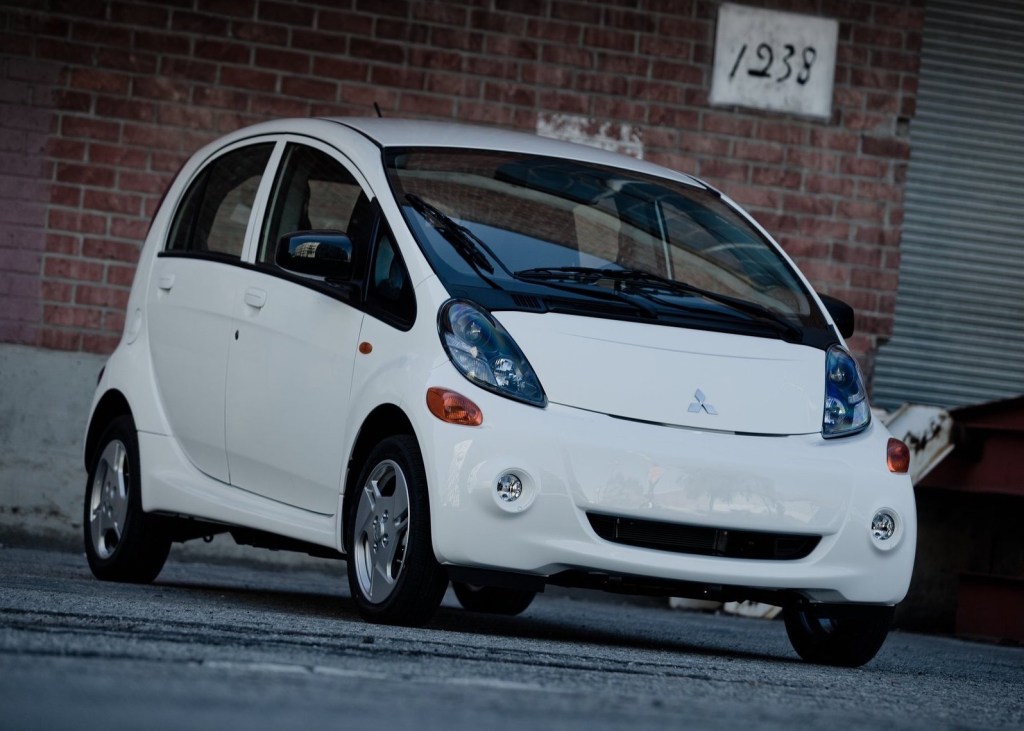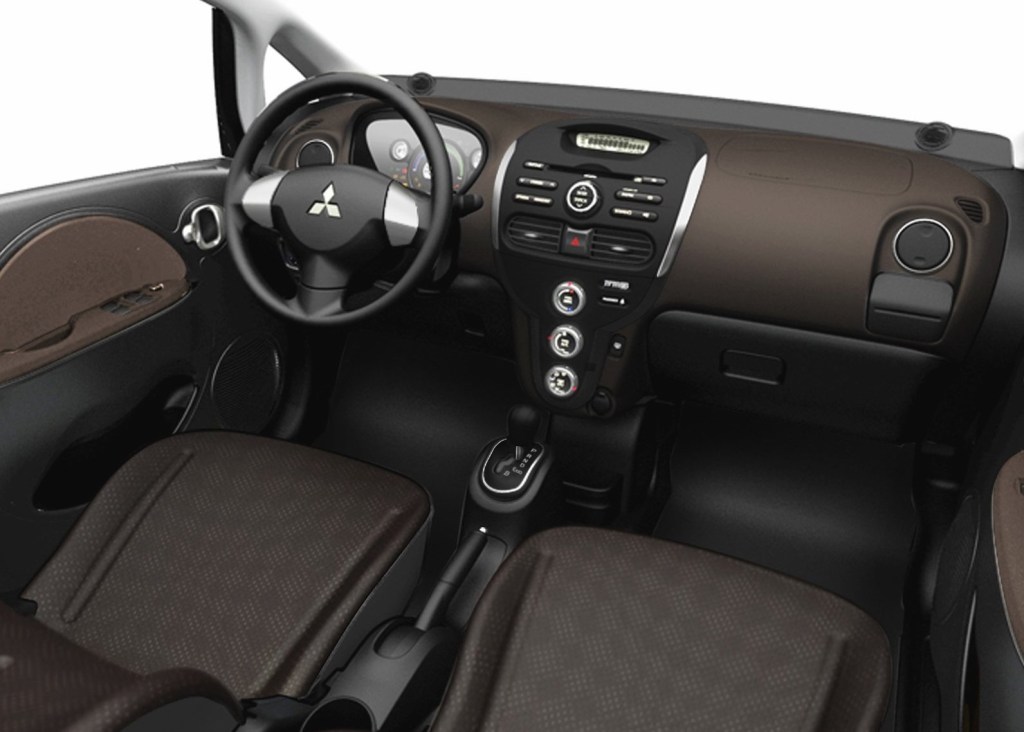
Mitsubishi’s Cheap Electric Car Was Too Good To Be True
Electric cars are much more commonplace now — thanks to automakers like Tesla – but it’s been a long road for the burgeoning segment. Cars like the Nissan Leaf and Chevy Volt helped pave the way toward a gas-less future, but one EV that you might not remember is the one that Mitsubishi produced. It was affordable and it got the job done, but it was too good to be true.
Mitsubishi i-MiEV
The Mitsubishi i-MiEV was produced from 2012 to 2017 and if you look at its stats on paper, you would think it’s one of the best electric cars ever made. For starters, it was a quirky-looking hatchback that stood out from anything else on the road, however, it did provide adequate space for four passengers along with a lot of headroom. Additionally, it was an all-electric vehicle with a range of 62 miles on a single charge, required no maintenance, and it was cheap. How cheap?
For the last model year, the 2017 Mitsubishi i-Miev had an MSRP of $22,995, but with the applicable federal and state rebates at the time, you could theoretically buy one for around $14,000. That’s far less than the Kia Soul EV and the Nissan Leaf, and a fraction of the cost of a new Tesla. But of course, the i-MiEV was not Tesla.

What was so bad about it?
It wasn’t that the Mitsubishi i-MiEV was a bad car, it was just poorly executed as far as electric car standards. We say that because if you’re going to try and get consumers to switch from their gas-powered cars to an EV, then it better be a compelling case.
Unfortunately, the i-MiEV just didn’t hit the mark as its short-range was enough to give anyone anxiety and it was slow, even for an electric car. Additionally, its interior material felt cheap as they were mostly made of plastic, and there wasn’t much in terms of amenities. For example, only the driver’s seat was heated. In their review, KBB stated that the “dash is drab and feels cheap, and the entire interior is awash in hard low-ball feeling plastics.” Also, the cargo room behind the rear seats was very small.
How slow was it?
The Mitsubishi i-MiEV was motivated by an electric motor that was powered by a 16-kWh lithium-ion battery pack, which produced a total of 66 hp and 145 lb-ft of torque. That combination didn’t equate to blistering performance, but it had “decent acceleration from a dead stop” and was maneuverable at slow speeds like when driving in a parking lot, according to Kelley Blue Book.
To make every driving experience more memorable, the i-MiEV had a top speed of about 80 mph and it took around 15 seconds to get up to 60 mph, according to New Car Test Drive. It was painfully slow, but to its credit, it was at least able to get up to freeway speeds and keep up with the pack.

How much are they going for now?
The Mitsubishi i-MiEV might be discontinued, however, you can still find them on the used market if, for some reason, you’re intrigued by a short electric driving range, a hard plastic interior, and non-contoured seats.
Fortunately, you can find them anywhere from $5,000 to $8,000 almost anywhere in the country, so if just need a golf cart-like car that will get you around town and nowhere else fast, then the Mitsubishi i-MiEV could be the best electric car for you.



